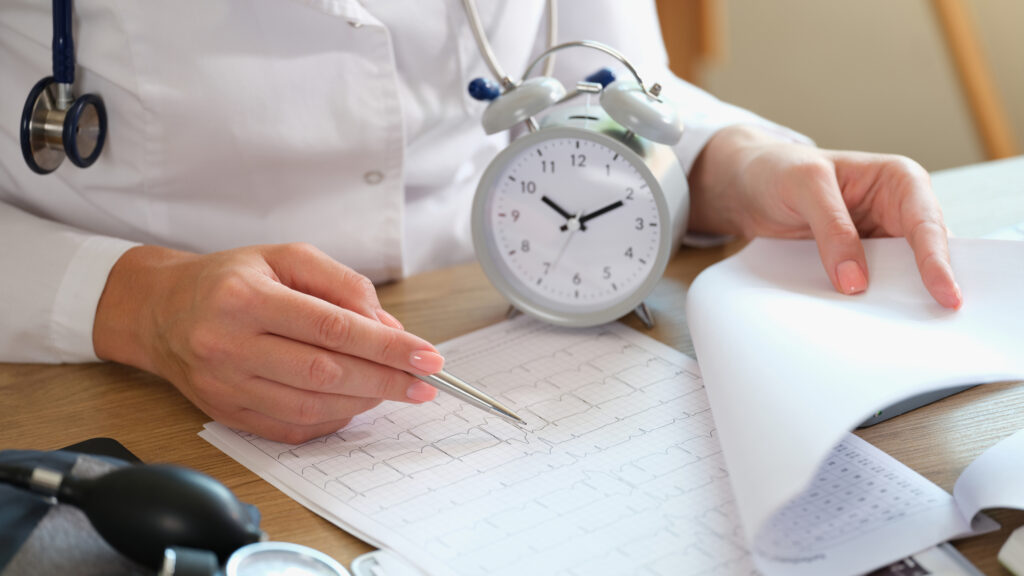Boston MedTech Advisors Blog, January 2024
Medical device manufacturers are required to provide FDA with available evidence to support the safety and effectiveness of their device. The evidence may be comprised of non-clinical and, in some cases, clinical studies. FDA recognizes that there may be a wealth of real-world data (RWD), in which patient health status/health care is routinely collected during treatment and management of patients. This RWD may not have the same quality controls as data collected within a clinical trial setting. However, under certain circumstances RWD may be of sufficient quality to help inform or augment FDA’s understanding of the benefit-risk profile of devices at various points in their life cycle and thereby can potentially be used by sponsors to demonstrate compliance with regulatory requirements and aid in FDA’s decision-making.
FDA released a new draft guidance in December 2023, on the use of real-world evidence (RWE) to support premarket submissions entitled “Use of Real-World Evidence to Support Regulatory Decision-Making for Medical Devices.“
These expansions are intended to clarify and provide further details to aid sponsors in determining whether they can use RWD and, importantly, how to use RWD to provide supportive RWE in submissions.
FDA released a new draft guidance in December 2023, on the use of real-world evidence (RWE) to support premarket submissions entitled “Use of Real-World Evidence to Support Regulatory Decision-Making for Medical Devices”.1 The use of RWE to support regulatory decision making was previously summarized in August 2017 FDA Guidance, 2 which highlighted some of the potential uses of RWD, and described the factors that FDA considers when evaluating whether specific RWD is of sufficient quality to inform or support a regulatory decision – that is, FDA evaluates the clinical evidence derived from the analysis of RWD, referred to as RWE, based on criteria that assess their overall relevance and reliability for specific regulatory purposes.

Following the first guidance, FDA published a document on RWE included in marketing submissions.3 It consists of 90 examples from 2012 – 2019, including 510(k) submissions, De Novo requests, and PMAs incorporating a wide use of RWE.
The new 2023 draft guidance is a proposed update to the 2017 guidance, which includes some of the following additions:
- Clarifications on how the FDA evaluates RWD to determine whether they are of sufficient quality for generating RWE that can be used in pre-market submissions.
- Expanded recommendations for assessing if and how real-world data can be determined fit-for-purpose for a particular regulatory decision relating to medical devices. In general, similar to the previous guidance, real-world data must be relevant to and reliable for informing a particular regulatory decision. Key factors that need to be considered include verifying the relevance and reliability of the RWD are further explained.
- Details of the types of data sources that can be used to generate RWE, including registries, electronic health records, device-generated data, and medical device data repositories.
- Expanded list of instances when RWE can be used in regulatory submissions, including generating evidence to support the clinical validity of a biomarker or clinical outcome assessment, supporting CLIA4 waiver determinations, providing primary clinical evidence to support marketing authorization, and as a mechanism for re-training artificial intelligence/machine learning-enabled medical devices.
- Methodologies for appropriate study design and data analysis intended to minimize bias and uncertainty while ensuring the study question can be addressed.
- Several new examples of anonymized actual uses of RWD explaining how FDA assessed the resulting RWE in the context of the regulation and submission.
- Documentation outlines what should be submitted to FDA regarding the use of RWE.
These expansions are intended to clarify and provide further details to aid sponsors in determining whether they can use RWD and, importantly, how to use RWD to provide supportive RWE in submissions. It is crucial to emphasize that while the use of RWD may be less burdensome than performing a clinical study, FDA stresses that careful a priori study design must be implemented to limit potential flaws (e.g., study bias) in the method of gathering data.
This guidance is intended to be used in addition to other device-specific and good clinical practice (GCP) guidance documents. When final, this draft guidance will supersede “Use of Real-World Evidence to Support Regulatory Decision-Making for Medical Devices,” issued August 2017.

About Boston MedTech Advisors (BMTA)
Since 2004, BMTA’s multidisciplinary team has supported more than 400 medical technologies and life sciences companies around the world to achieve their business goals. BMTA assists its clients to commercialize new products and services and increase their market adoption by addressing their unique and inter-dependent regulatory, clinical evidence, reimbursement, and marketing requirements and strategies. BMTA offers result-oriented insights that recognize the multi-faceted aspects of today’s healthcare markets and the client’s unique business needs.
For more information, questions, or comments, contact us at info@bmtadvisors.com
Follow us on LinkedIn.
References:
- Draft Guidance for Industry and Food and Drug Administration Staff “Use of Real-World Evidence to Support Regulatory Decision-Making for Medical Devices” December 2023. https://www.fda.gov/media/174819/download
- Guidance for Industry and Food and Drug Administration Staff “Use of Real-World Evidence to Support Regulatory Decision-Making for Medical Devices” August 2017. https://www.fda.gov/media/99447/download
- “Examples of Real-World Evidence (RWE) Used in Medical Device Regulatory Decisions” https://www.fda.gov/media/146258/download
- CLIA: Clinical Laboratory Improvement Amendments
Photo 21048436 © Nonmim | Dreamstime.com

